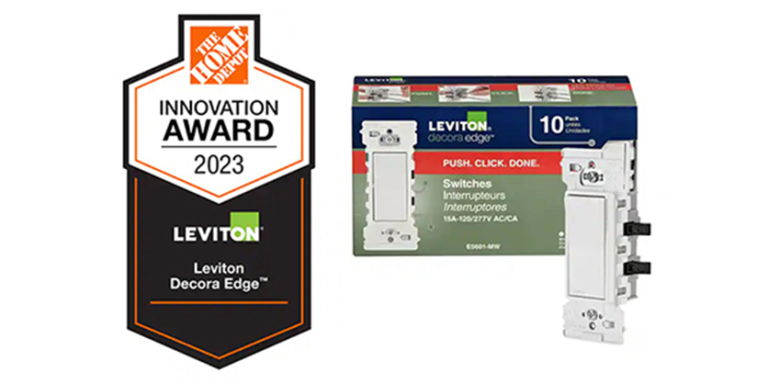Toggled COO Dan Hollenkamp’s Five Smart Buildings Market Predictions for 2024
January 2, 2024


Dan Hollenkamp, COO of Toggled, recently made five very interesting predictions regarding the development of the smart buildings market in 2024.
2024 will be a big year for smart building rebates and incentives. If there’s one thing the feds, states and utilities all have in common, it’s a keen desire to get buildings operating more efficiently to take pressure off the grid. The challenge isn’t about generating the energy, it’s about managing the loads. The threat of blackouts when extreme weather hits, such as the ice storm that hit Texas in January 2021, is keeping officials and utility executives up at night.
An effective way to get buildings energy smart is to make it financially smart to do so. We expect the public sector to make a big push toward getting buildings to at least take the first, easy steps towards energy efficiency by offering more widespread and significant rebates and tax credits on installing LED lighting, networked lighting controls, and other connected devices.
Don’t expect the SEC to move fast on ESG penalties. With businesses continuing to cut costs where they can, and the SEC’s looming climate disclosure ruling breathing down their backs, there’s no better time to invest in smart building technologies that can drastically improve a building’s energy efficiency, reduce emissions, and cut costs. And as these technologies get “smarter,” they’ll become more self-sufficient, able to anticipate a building’s needs without the need for constant human intervention.
When it comes to placing the blame on energy offenders, however, the picture can get muddled. Is it the businesses buying the energy, the utility selling the energy or the energy producer themselves? If a corporation is given limited choice in what energy is available for them to run their business, will the SEC be ready and willing to penalize them for those carbon emissions? Current laws and reporting guidelines don’t make the picture any clearer. Our assumption is that it will take a while for the SEC to suss that all out.
With that said, whether or not organizations will need to publicly report their energy usage, emissions, and other climate markers, it would behoove all companies to track and measure these metrics. Though you can’t control how much you have to pay, you can control your usage levels – having an understanding of your energy usage, whether it’s in line with what others use, and how to optimize it is an inherent business advantage.
More buildings will go retro. In the year ahead, more building owners and managers will wake up to the reality that the most sustainable building is the one that already exists. Even if a new structure is built with the most energy efficient technology, it will likely never be able to off-set the waste and carbon emissions that come with tearing down and rebuilding in its lifetime. Instead, more organizations will come to terms with the common sense practice of retro-fitting their existing real estate with more efficient lighting and smart building management software to optimize their energy efficiency for future needs and requirements.
Advancements toward the brass ring of AI-driven optimization. While most of the US building infrastructure still has a ways to go to reach the ultimate state of efficiency, we’ll see growing evidence of AI’s influence on smart building management. With AI’s expanding capabilities and ease-of-use, we’ll start to see an unprecedented level of data collection, down to very specific metrics like employee calendars and movements. This will help drive buildings toward a truly intelligent future-state, where humans no longer need to analyze the data and make adjustments – the building will be able to self-correct and adjust based on a continuous loop of energy data reporting and optimization.
Attention shifts from buildings as energy consumers to energy load managers. While we won’t see buildings quite get there in 2024, we will see increased planning and preparation for buildings to take on a more active role in distributing energy across the grid. Two-thirds of all energy usage comes through buildings with transportation a distant second. But as transportation becomes more electrified, the margin will widen further and make buildings the main distribution point for all energy. In an effort to fortify their grids for ever-increasing energy consumption, cities and towns will start preparing their buildings to become effective load managers.

Published with the permission of the Lighting Controls Association
More information available here








